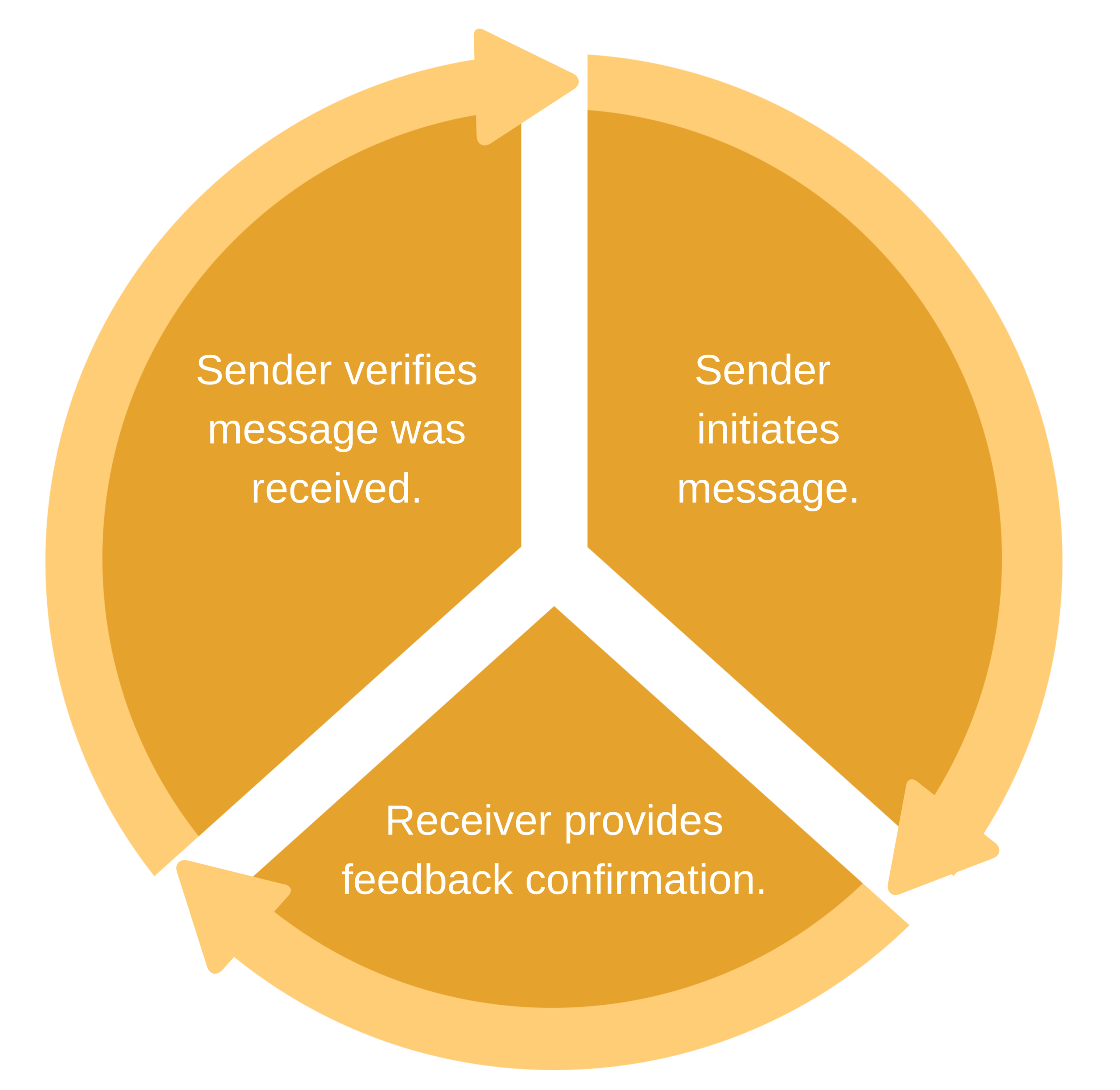The Elements of an Effective Team
The Elements of an Effective Team
Designating Duties and Responsibilities
A resuscitation team member has a role and responsibility based on priority-based multiple rescuer protocols. In any resuscitation, particularly those in the community, there may not be a full team. Therefore, the team leader must prioritize tasks based on their importance balanced with the available resources. To do this well, the team leader must know each team member’s capabilities and limits.
Constructive Interventions
A team leader must stop the inappropriate action of a team member. The leader must intervene as necessary to prevent harm to a patient and then provide constructive criticism to the erring member.
Team members must be proactive in suggesting a change needed in a particular situation or for a drug or dose. Everyone must remain alert if a member is about to make a mistake and should respectfully question the member.
Communication
What to Communicate?
The team leader, aside from directing the team, must also ask for vital information from its members. The team members must inform the leader of significant changes in the patient’s condition. The leader should encourage members to make suggestions since the team leader may overlook issues such as an obstructed intravenous line or the incorrect dosing of an administered drug.
How to Communicate?
Closed-loop communication is a communication technique that prevents misunderstandings during the delivery of vital information.

Closed-Loop Communication.
During resuscitation, the team leader delivers an order to a team member and calls them by name. That team member uses direct eye contact and confirms receiving the order. The team leader then confirms that the member has heard and understood the message. For example:
- Leader: “Team member, please insert an IV line.”
- Team member: “Leader, I am inserting an IV line now.”
- Leader: “Team member will insert an IV line, confirmed.”
- Team member: “Leader, the IV line is properly inserted, and we have a good flow.”
Key Takeaway
Successful communication during resuscitation includes team members:
- Being clear of their roles and responsibilities
- Knowing their limitations
- Performing constructive interventions
- Communicating knowledge and sharing.
- Summarizing and reevaluating during resuscitation
- Performing closed-loop communication
- Using clear messages
- Practicing mutual respect